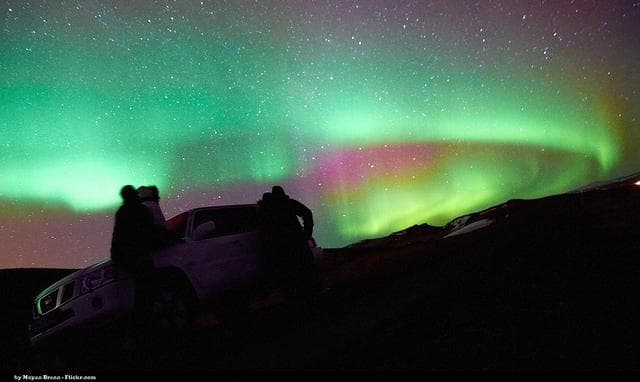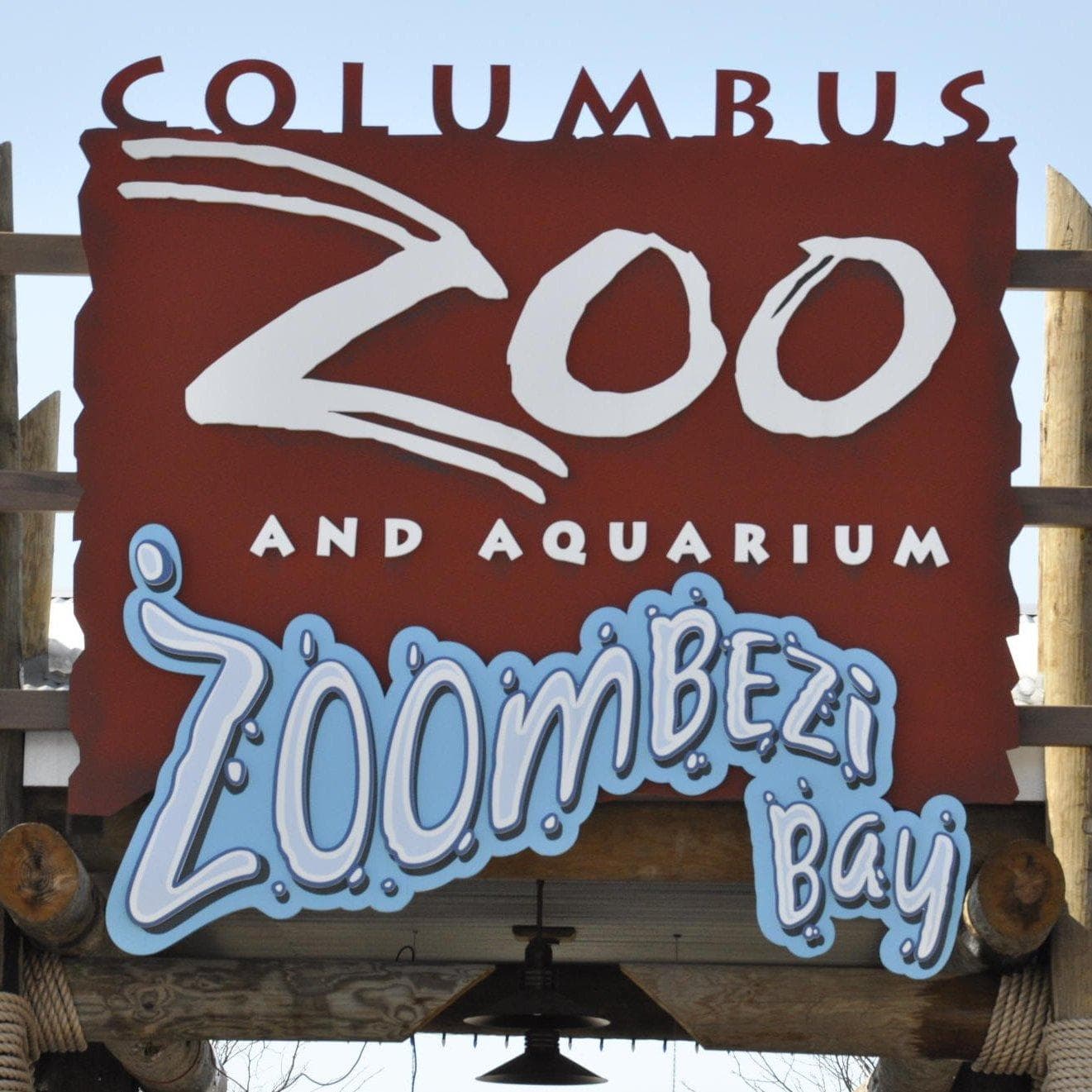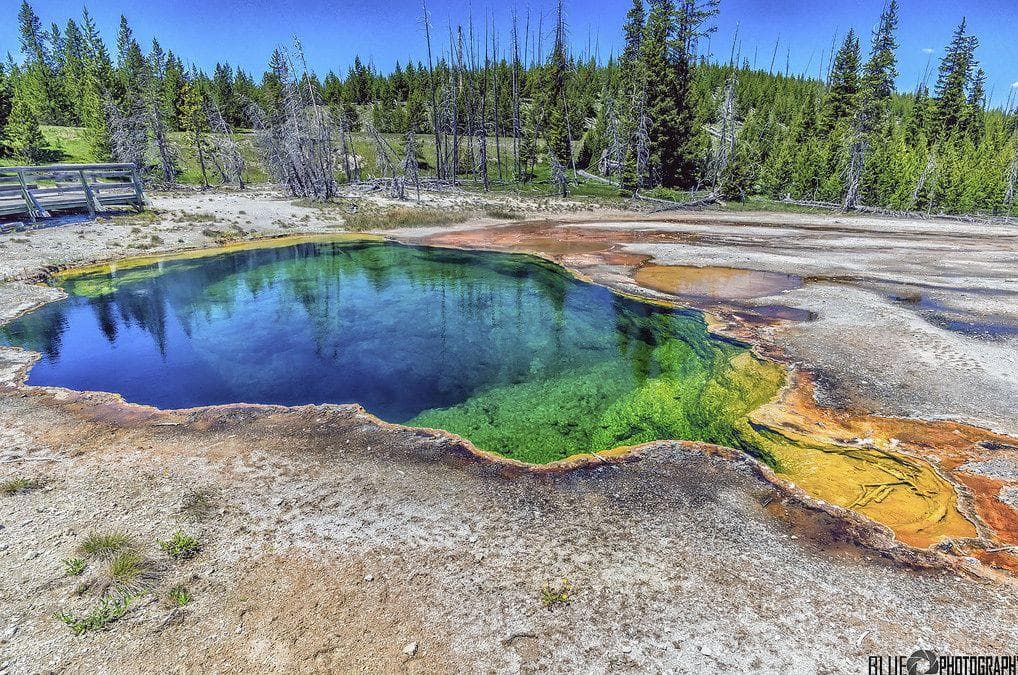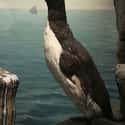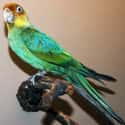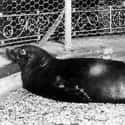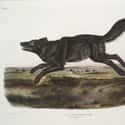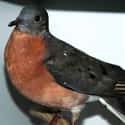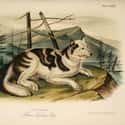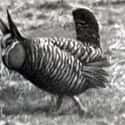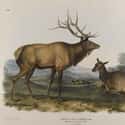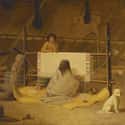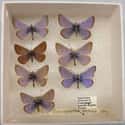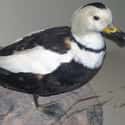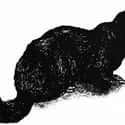-
(#1) Great Auk
- Organism Classification
The great auk was a flightless seabird that lived along the East Coast of both the United States and Canada, as well as Iceland, Greenland, and the British Isles. The last pair of nesting great auks passed in 1844, when hunters captured and killed them in Iceland - and stepped on their egg. 1852, meanwhile, marks the final time a living great auk was spotted.
The great auk spent most of its time in the water, only coming ashore to breed. The large birds stood out from penguins as easy targets for hunters, who valued their meat and feathers.
-
(#2) Mexican Grizzly Bear
Mexican grizzly bears were once native to northern Mexico, along with parts of Arizona and New Mexico. The brown bears were slightly smaller than other North American grizzlies, and sported golden or silvery coats. Cattle ranchers considered them pests and indiscriminately dispatched the grizzlies to maintain their land.
Though eventually named a protected species, many researchers believe the bears all went extinct by 1969.
-
(#3) Carolina Parakeet
- Organism Classification
Carolina parakeets are considered America's only native parrot species. The small, colorful birds were once native to the Southeastern US, and extremely plentiful at that. Populations ranged from Colorado to New York, but the parakeets were especially abundant in Florida, Georgia, and along the coasts of North and South Carolina.
By 1918, the last captive Carolina parakeet died at the Cincinnati Zoo. Scientists remain unsure about what caused their extinction.
-
(#4) Caribbean Monk Seal
- Organism Classification
The Caribbean monk seal, which ranged throughout the Caribbean and Gulf of Mexico, is the first species of seal believed to become extinct explicitly because of humans. Hunters poached the seals as they rested and nursed on beaches, and the last confirmed Caribbean monk seal sighting occurred in 1952.
They only officially received extinction status in 2008, however, more than 50 years later. The Caribbean monk seal was the only species of seal native to the region.
-
(#5) Florida Black Wolf
The Florida black wolf was possibly a subspecies of gray wolf or coyote, though researchers disagree on both assertions. They may have even been genetically distinct from the two species. The dark-colored wolves roamed throughout the state of Florida until 1908, when officially declared extinct.
They were ultimately hunted and crowded out of a habitat they shared with the Florida red wolf, which became extinct in 1921.
-
(#6) Passenger Pigeon
- Organism Classification
To say passenger pigeons lived in America is an understatement. They thrived in the early 1800s, with migrating flocks numbering in the hundreds of millions, which supposedly took several hours to pass overhead. But by the 1890s, those flocks only contained a few dozen birds.
Martha, the last living passenger pigeon, passed at the Cincinnati Zoo in 1914. Experts agree they were hunted to extinction, since people didn't believe any amount of hunting could reduce their substantial numbers.
-
(#7) Hare Indian Dog
The Hare Indian dog was one of several breeds raised by First Nations tribes that are now extinct. Experts believe the Hare Indian dog was a type of "coydog" (a coyote crossbred with a domestic dog), or possibly a domesticated breed of the coyote. They were a medium-sized, long-haired canine used by the Northern Canadian Hare tribe for hunting.
As traditional methods of hunting phased out and the breed began to mix with other domestic dogs, the Hare Indian dog slowly disappeared in the 1800s.
-
(#8) Heath Hen
- Organism Classification
Heath hens roamed throughout the East Coast of the US until they went extinct in 1932. The birds, roughly the size of an average chicken, possessed striped feathers and unique "horns" on the back of their heads. Their close cousin, the greater prairie chicken, lived throughout the Midwest - and are currently considered vulnerable.
The heath hen is a candidate for a process called "de-extinction," which uses genetics to bring back long-gone species.
-
(#9) Eastern Elk
The eastern elk was a subspecies of North America's once-massive elk population. They ranged throughout the Northern and Eastern US, roaming alongside herds of bison and small deer. They were hunted heavily by Europeans, and Theodore Roosevelt noted their dwindling numbers in 1905.
Today, researchers consider them extinct. A New Zealand elk population - which originated from a group of 18 eastern elk Teddy Roosevelt sent to the country in the early 1905 - may hold the key to their reintroduction.
-
(#10) Salish Woolly Dog
The Salish woolly dog served a unique purpose for the Coast Salish tribes of the Pacific Northwest, including Washington and British Columbia. It possessed fur similar to a sheep's wool, and the dogs went through a yearly shearing process. Their "wool" was often mixed with mountain goat fibers and used to weave blankets.
The breed eventually went out of existence in the 1900s, but recent DNA tests prove the oral history of dog hair being used to make blankets is true.
-
(#11) Xerces Blue Butterfly
This small invertebrate species was native to the coastal area of San Francisco, but the last wild specimen was seen in 1941. The Xerces is the first butterfly species in America to become extinct due to urbanization and human encroachment on their habitat.
Today, a non-profit called the Xerces Society draws attention to invertebrates that might otherwise slowly fade into history.
-
(#12) Labrador Duck
- Organism Classification
The Labrador duck was a species of sea duck which lived along the Northeast Coast of the United States. During the winter, it ventured as far south as Long Island and the Chesapeake Bay. The ducks were likely always rare, but scientists remain unsure.
Over-hunting the birds, their eggs, or the mollusks on which they fed might explain why the last sighting occurred in 1878. Although the Labrador duck is gone, it lives on through 55 existing taxidermy specimens around the world.
-
(#13) Sea Mink
Genetically similar to the American mink, the sea mink likely went extinct in the 1880s. They were coastal dwellers, living along the eastern seaboard in Newfoundland, Maine, and Massachusetts. The sea mink was wiped out before scientists could study and document their behavior and full habitat range.
Their pelts were valuable to Europeans, and over-hunting was a key factor in their extinction.
New Random Displays Display All By Ranking
About This Tool
Due to its vast territory and numerous geographical features, the United States has almost all climate types in the world. There are more than 17,000 native plants and tree species, and California alone has 5,000 species. There are unique animals living from the tropics to the Arctic, the animals in the United States are the most diverse in the world.
The random tool lists 13 animals that only Americans would have seen, such as the Bald Eagle, which is the national bird of the United States and a symbol of freedom, has only been found in North America. Welcome the share this interesting collection with friends.
Our data comes from Ranker, If you want to participate in the ranking of items displayed on this page, please click here.







